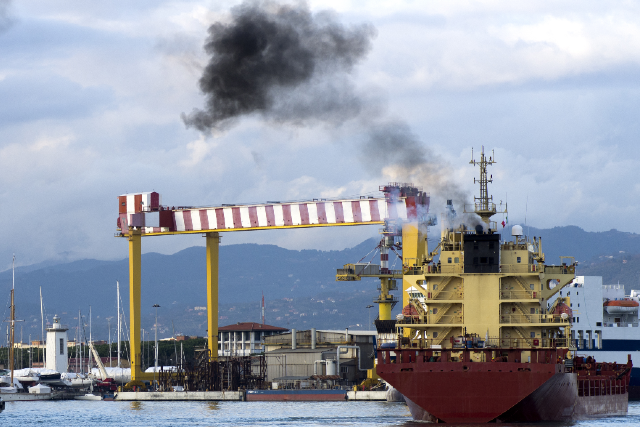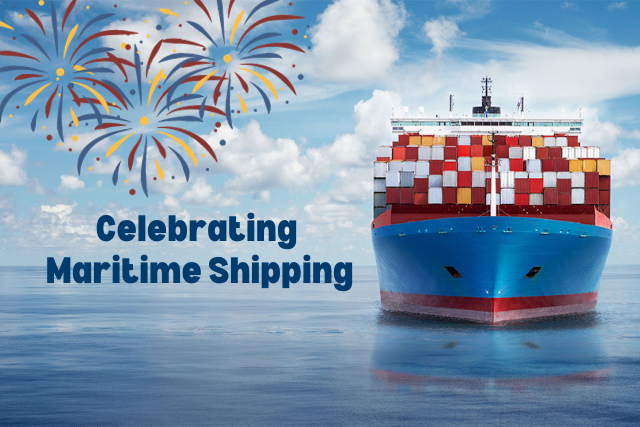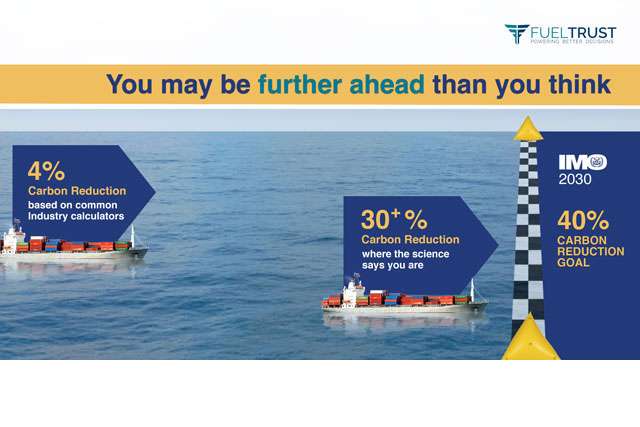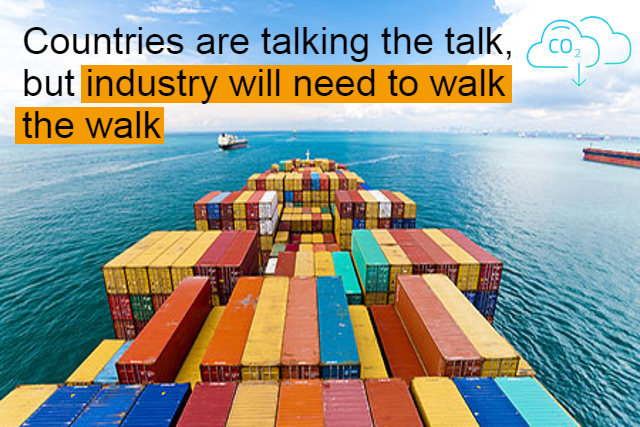Regulatory systems for monitoring and measuring emissions base their enforcement programs on generalized calculations, but these may only approximate a vessel’s true emissions. Using digital technology we can measure bunker fuel emissions more accurately and help owners and operators demonstrate regulatory compliance, pay only for the emissions they emit, and manage fuel quality in an increasingly complex marine fuel ecosystem.
The shipping industry’s ambitions for decarbonization are rapidly evolving and accelerating. In April, signatories to the Poseidon Principles will meet to decide whether they adopt a commitment to reach net-zero emissions by 2050. As the banks that fund much of the industry adhere to the Poseidon Principles – requiring them to track how their loan portfolios’ align with emissions targets – this will be a huge step up for the industry. The significance of this decision will demand the shipping sector and its lenders scrutinize individual vessel performance much more tightly, and adopt clean technology faster than required by the current IMO 2050 initiative – and that will have enormous industry impact.
At the same time, the pathways to decarbonization are becoming more complex, with calls for the EU’s Emissions Trading Scheme to be more ambitious; to embrace all GHGs and, crucially, calculate impacts and therefore costs on a well-to-wake basis. The change proposed would put pressure on shipowners, charterers and vessel operators to have a much clearer idea of what GHGs their vessel emits under operation, as well as a very clear idea of the provenance and quality of the fuels they use.
As shipping’s energy transition accelerates, the industry will face tremendous logistical challenges and financial risk and require a comprehensive compliance system. While this won’t necessarily dictate an urgent need to make binding technology choices, it will require all parties to more accurately and honestly measure and account for GHG emissions. With fuel costs attributed to over 50% of a vessel’s operating costs, a trusted, transparent, and traceable marine fuel ecosystem is critical.
A light in the dark
The marine fuel sector is historically opaque in its operations. Fuel users and suppliers are challenged to understand the history and complete make-up of the fuel they use. How exactly it was blended, or whether it may have been contaminated when it was stored, are questions that may not have clear indicators. Nonetheless, the treatment of a batch of fuel could have a significant impact on how it behaves in an engine, and subsequently how a vessel performs and the emissions from it.
Knowing how a fuel will combust in an engine is key to understanding what emissions it will produce and how its chemical energy will be translated into vessel performance. FuelTrust uses artificial intelligence and blockchain technology to authenticate relationships across the marine fuel lifecycle, and by verifying data from shared sources, validates decarbonization and compliance.
FuelTrust provides clear insight into when, where and from whom quality fuel is supplied allowing operators to alleviate the financial impact of low-quality fuel and mitigate regulatory risk, for a more sustainable shipping sector.
A way to the truth
The Poseidon Principles and all emissions trading and credit schemes currently measure vessel emissions using guidelines from governments that are based on generalized calculations – a one size fits all approach. These calculations are formulated to simplify enforcement. They overlook the range of different engine types and how operations and maintenance decisions might influence their performance. At a vessel level, emissions are estimated using manufacturer specifications and ranges classified by fuel type and grade. The resulting figure can only be a rough approximation of the emissions of a vessel.
To provide more accurate emissions analyses, we use AI and blockchain technologies. Our blockchain-enabled technology authenticates relationships across the marine fuel lifecycle, allowing users to create a decentralized, immutable store of information – a single shared source of truth – recording the lifecycle of the fuel they supply or use. In this way, we eliminate the opacity that has been typical of the bunker sector.
We then apply our AI technology, which we call the AI Digital Chemist™, to analyse the data recorded in the blockchain. The AI technology analyses information from supplier data, BDNs, certificates of analysis, and vessel operation data to re-run the molecular interactions that take place during fuel combustion and provide more accurate and representative analyses of a given vessel, using a specific fuel.
A brighter future
The future of the marine fuel industry will involve a range of fuels, much as it does today. These fuels will be sourced differently from the fossil fuels and fossil-derived fuels currently in use, and in many instances will be of a different chemical compound. But a lack of insight into how a batch of fuel has been handled through the supply chain could mean stakeholders from owners and operators to financiers could risk failing in emissions compliance and decarbonization alignment.
Our data already tells us that different batches of the same fuel can have vastly different characteristics, which enables savvy operators to select and bunker the fuel batch that will deliver the best vessel and emissions performance for them. As the energy transition in shipping moves forwards, the alternative fuels that come on the market will be available in a mix of fossil-derived, biogenic and synthetically produced blends. With such a diversity of fuel choices on the market, all stakeholders will need trusted, transparent and scientifically verified emissions performance data to help them mitigate the financial and ESG challenges they face, and deliver a sustainable global commercial shipping fleet – and with it, a brighter future for our industry and society.
To learn more about how to establish a baseline to measure emissions performance and track future improvement, read about our Carbon Baseline offering.







